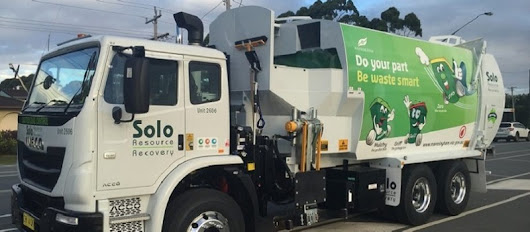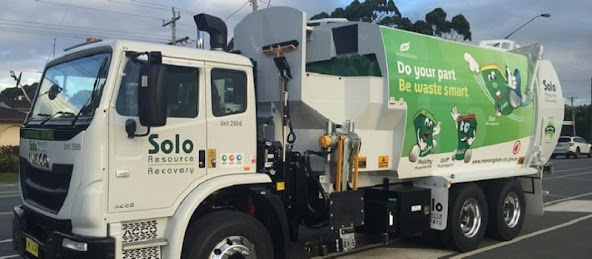The Drawbacks of Ignoring Safe Liquid Waste Disposal for Businesses

Businesses that generate liquid waste have to manage it in accordance with strict regulations. Many regulations have been enacted by governing bodies to help prevent water contamination while also ensuring that harmful chemicals do not pose a fire or explosion risk. As a business leader, you must determine whether your company generates liquid waste. If this is the case, you must ensure that your company strictly adheres to liquid waste disposal regulations. Mismanagement of waste can result in pollution, contamination, legal ramifications, and a public relations crisis for businesses. Furthermore, companies that fail to manage liquid waste effectively will face steep fines and revenue losses. To avoid these negative effects on your business, you must implement proper waste management protocols. This explainer will go over various types of liquid waste and their harmful effects. The importance of partnering with a reputable liquid waste removal service provider will then be...

